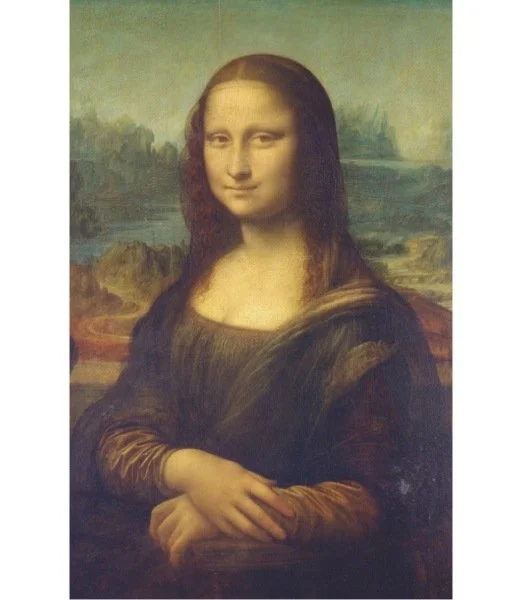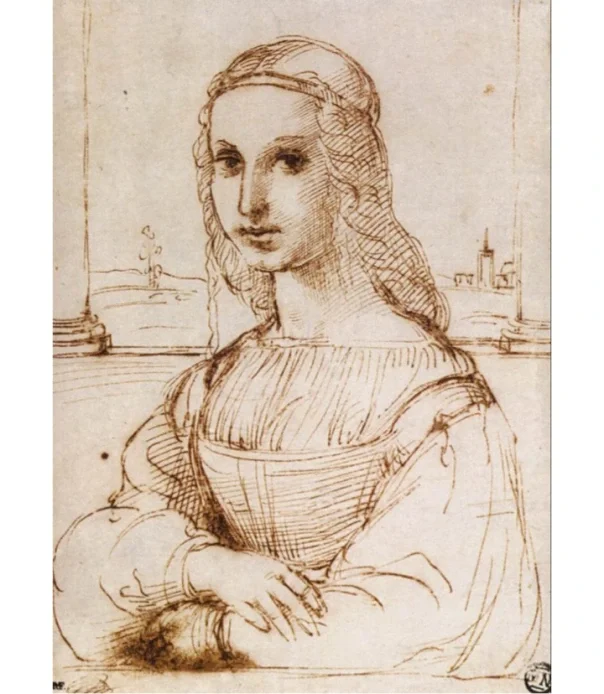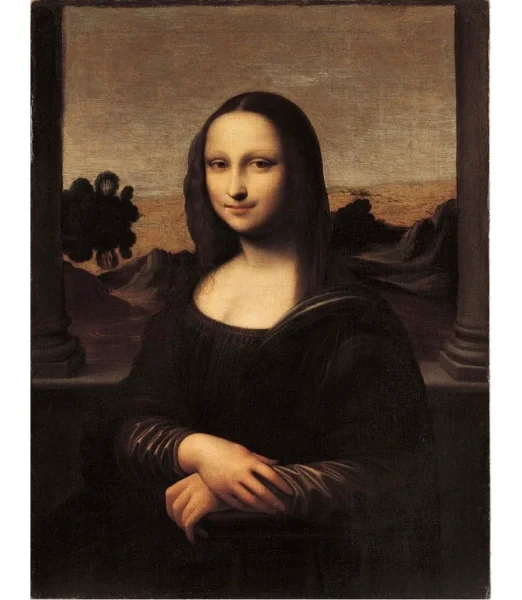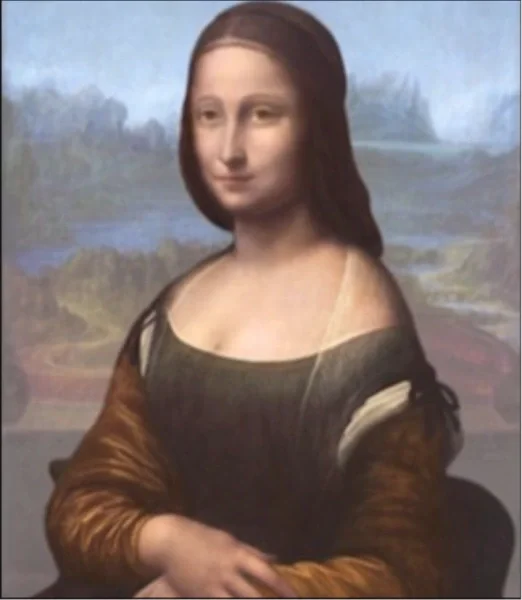First published June 11, 2020
The advice most often offered to an aspiring writer is to be concise, to use as few words as possible to convey meaning. To that end, I think we need a campaign to adopt a bunch of words from other languages. After all, English has grown largely by this process, we should simply focus our efforts in a more targeted manner.
For instance, compare these two columns:
My father’s brother ………………………. chacha
My mother’s brother ……………………. mama
My father’s sister’s husband ………….. fufa
My mother’s sister’s husband ……….. masa
English refers to all of these relatives as ‘uncle’, requiring the further elaborations in the first column if we want to be specific. Aunts and in-laws are just as neglected. The second column comes (with apologies for mis-spellings and just out-and-out mistakes) from Hindi, which also has words for my sister’s husband (jija), my husband’s brother (dewar), my wife’s brother (sala), my wife’s sister’s husband (saadu) (all simply brother-in-law in English) and so on. Which culture displays the greater devotion to family?
On the subject of family, one of my own pet peeves is that, unlike many languages, we don’t have separate words for our male and female cousins, despite having gendered terms for children, siblings, parents, grandparents, aunts and uncles (but no collective noun for these last two you’ll note).
And speaking of non-gendered terms, either my wife and I can be referred to as as a Scot, but there is no equivalent term for the Irish, Welsh or English, unlike an American, Canadian, Spaniard ….
Last word on families: In common with many people, Danes have at their disposal farmor, for a paternal grandmother, and equally logical words for the other three grandparents (you can already figure them out).
Just think of the ink that would have been saved if JK Rowling had employed the Welsh word cwtch which means ‘cupboard under the stairs’. Another super handy word, this time in German, is treppenwitz – the clever comeback that only occurs to you when it’s too late. And we could avoid the ugly term ‘it is what it is’, if we had the Japanese shoganai; stoical acceptance of what cannot be changed.
Very practically, Polish has doba for a period of 24 hours, i.e. day and night. So does Dutch (etmaal) and Norwegian (døgn). Handy.
Terms that require many words to convey in English include saudade, Portuguese for an incredibly intense yearning for another person or past experience or relationship. Another great one-word emotional descriptor is the German, geborgenheit, a wonderful feeling of being at once loved, safe, cozy and warm. And how useful is razbliuto, the Russian term for the bittersweet feeling you may have for someone you once loved?
It’s really galling that once upon a time English had ‘ereyesterday’ for the day before yesterday (antier in Spanish) and ‘overmorrow’ for the day after tomorrow (prekosutrain Serbian). Why did we drop such useful words?
But most galling of all is the stubborn refusal of the English to adopt (rather than stigmatise) the perfectly logical and incredibly useful Irish ‘youse‘ for the second person plural, a word found in almost every other language. For good reason, y’all, y’all.
I’m jealous that Swedish has lagom – a Goldilocks amount; neither too little nor too big, too many nor too few, but just right. And of the Romansh minority in Switzerland who can deploy giratutona for someone who regularly changes their opinion to suit the latest fashion.
Both Sanskrit (mudita) and German (gönnen) are enriched by having a word for taking delight in the good fortune of others, the precise opposite of ‘envy’. As my friend Ian commented, ‘good to know it’s there, even if you’d never actually feel it’.
How’s this for a terrific reduction in letter count? According to Gaston Dorren (whose book ‘Lingo’ provoked this train of thought), the concept of ‘voluntary collective work on behalf of the neighbourhood’ can be reduced to talaka in Belarusian. The fascinating ‘Lingo’ avoided the fate of tsundoku, a Japanese term (and one uncomfortably close to home) meaning the act of leaving a book unread after buying it, typically piling it up with other unread books. This could become my wife’s new favourite word.
With a little effort we could make our books shorter, thus leaving more time for boketto, another elegant Japanese word conveying the idea of gazing, unfocused into the far distance – an activity indistinguishable from writing.








